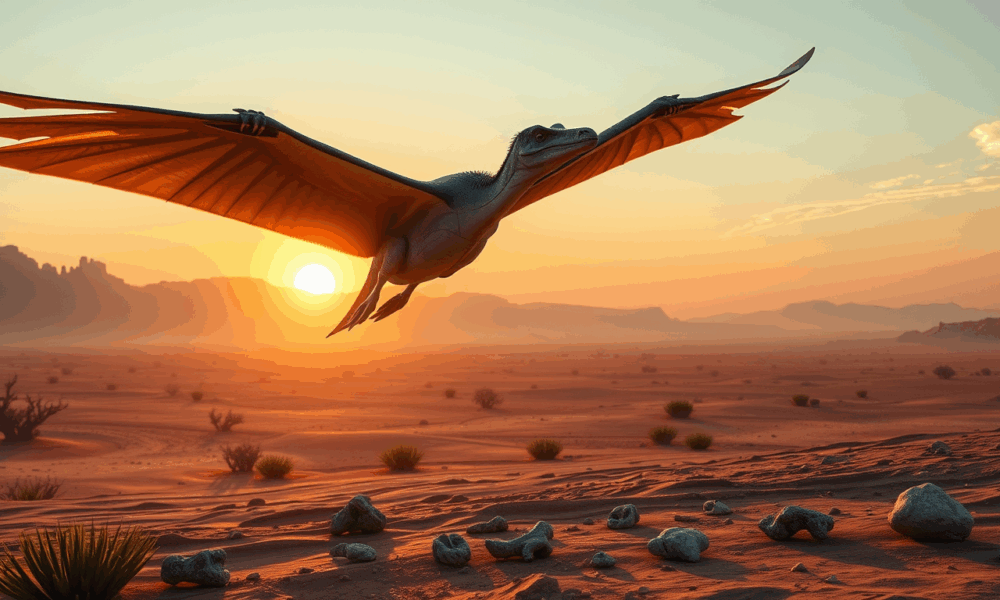
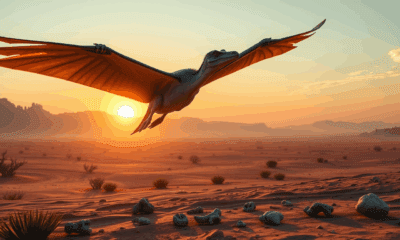

In the remote reaches of Arizona s Petrified Forest National Park, scientists have unearthed North America's oldest known pterosaur a small, gull-sized flier that once soared...
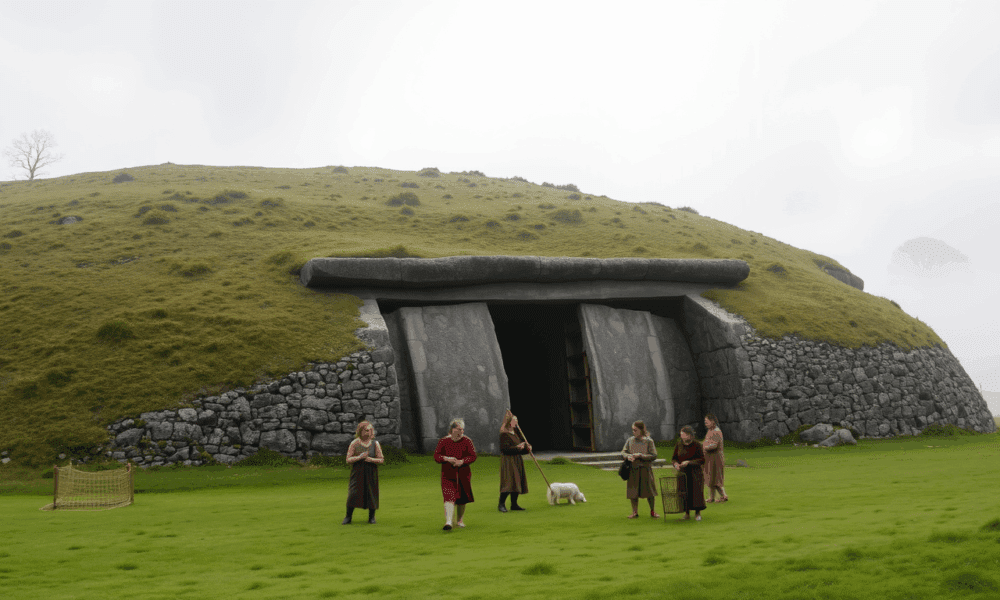
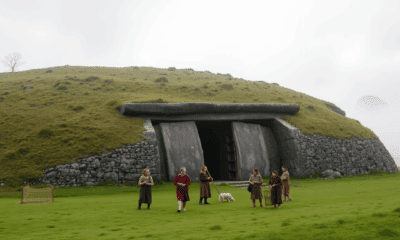

DNA from a skull found at Newgrange once sparked theories of a royal incestuous elite in ancient Ireland, but new research reveals no signs of such...
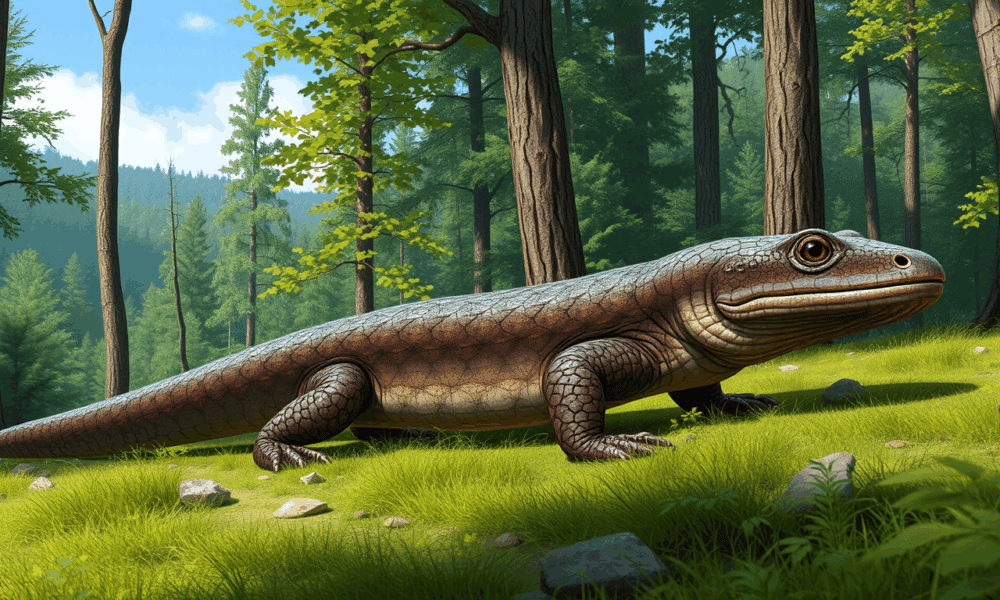
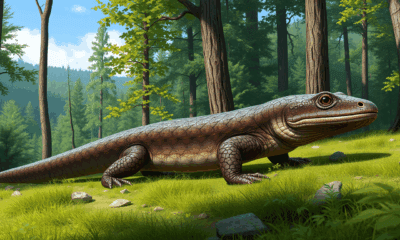

A massive, extinct salamander with jaws like a vice once roamed ancient Tennessee and its fossil has just rewritten what we thought we knew about Appalachian...
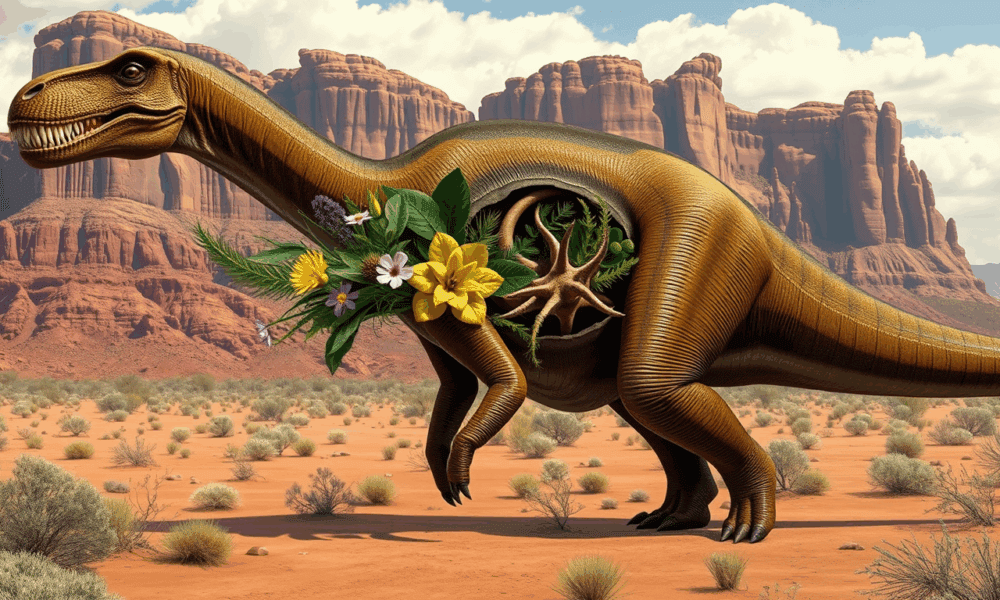
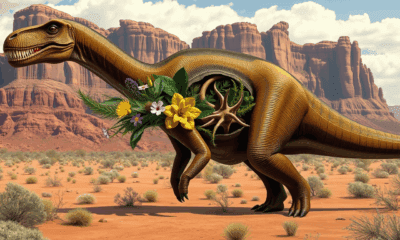

A prehistoric digestive time capsule has been unearthed in Australia: plant fossils found inside a sauropod dinosaur offer the first definitive glimpse into what these giant...



Neanderthals may have trekked thousands of miles across Eurasia much faster than we ever imagined. New computer simulations suggest they used river valleys like natural highways...
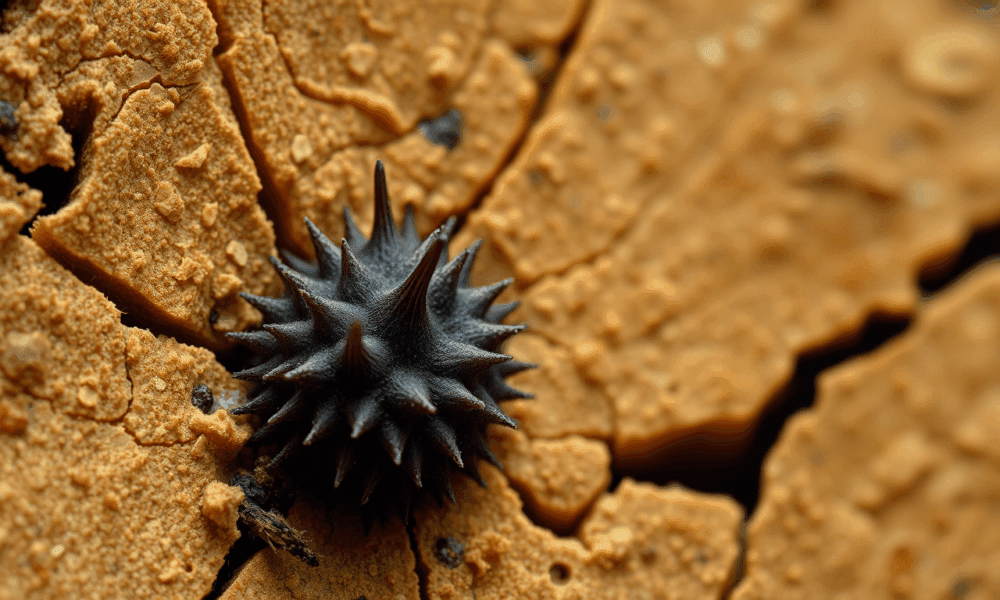
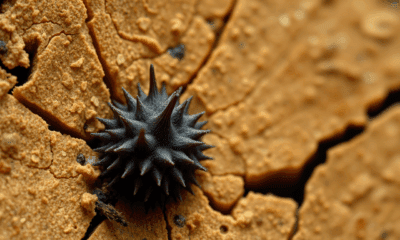

In a paper published in National Science Review, a Chinese team of scientists highlights the discovery of well-preserved blue-stain fungal hyphae within a Jurassic fossil wood...



Bronze Age life changed radically around 1500 BC in Central Europe. New research reveals diets narrowed, millet was introduced, migration slowed, and social systems became looser...



Collapse of the West Antarctic Ice Sheet could be triggered with very little ocean warming above present-day, leading to a devastating four meters of global sea...



Researchers have recreated the world's oldest synthetic pigment, called Egyptian blue, which was used in ancient Egypt about 5,000 years ago.
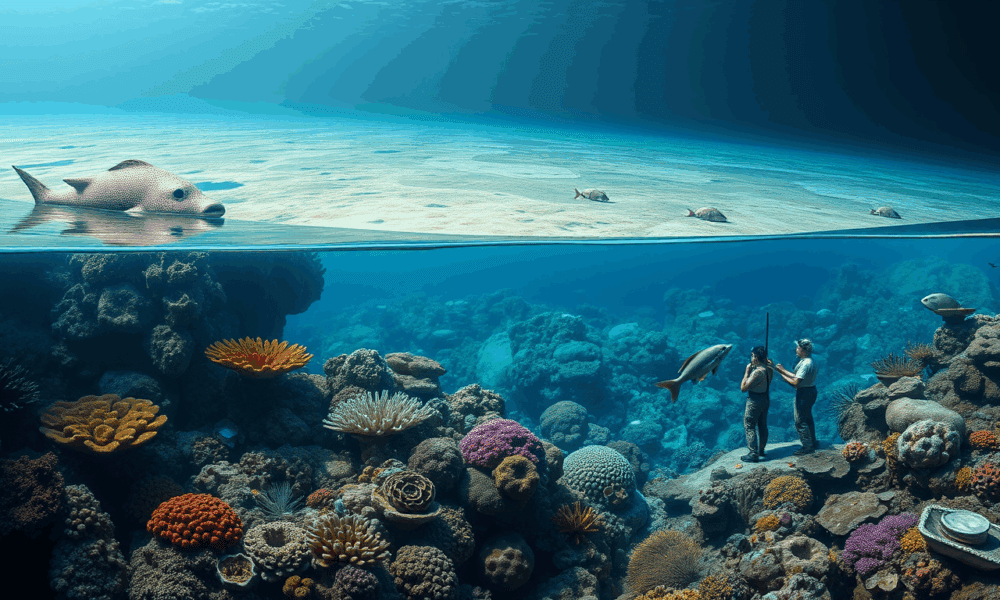
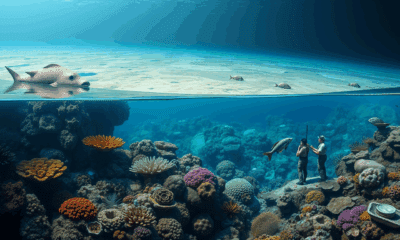

New research adds to our understanding of how rapidly rising sea levels due to climate change foreshadow the end of the Great Barrier Reef as we...